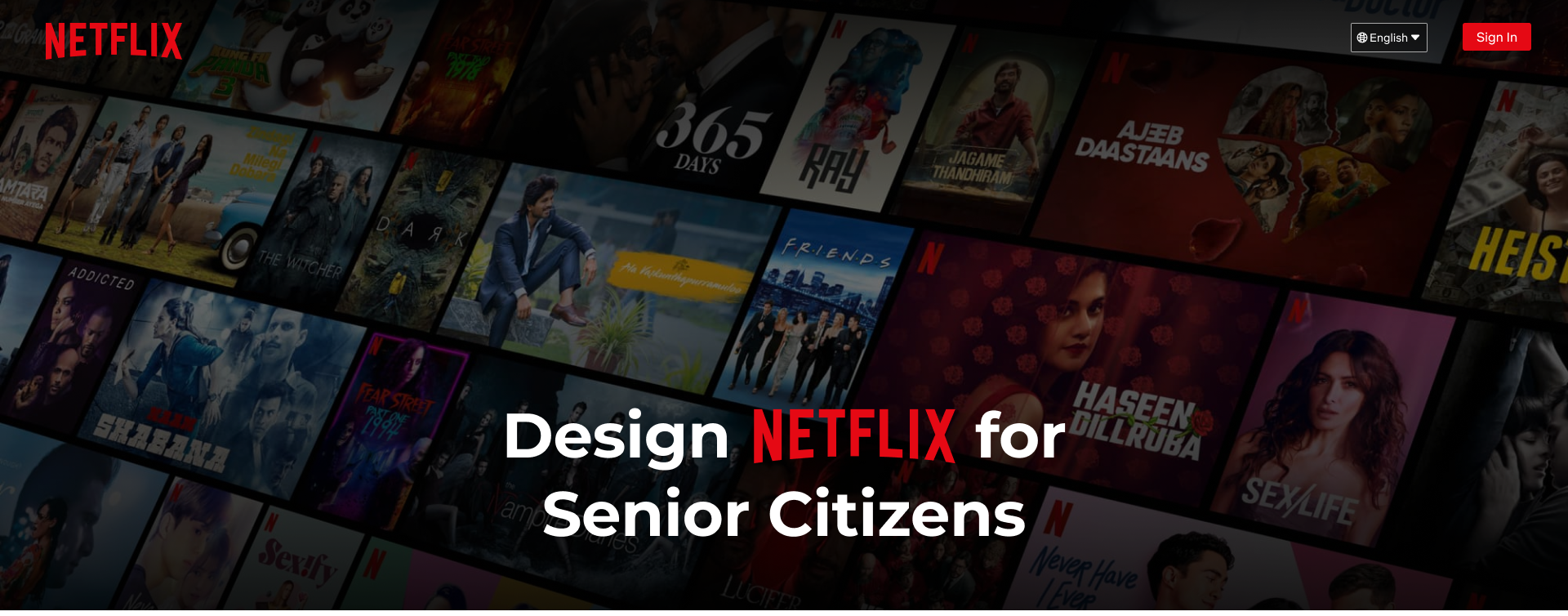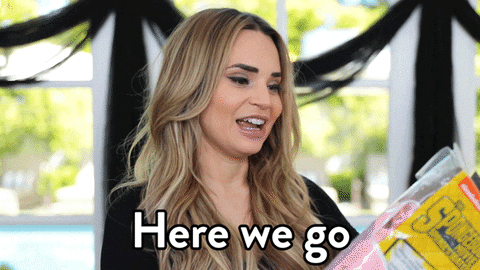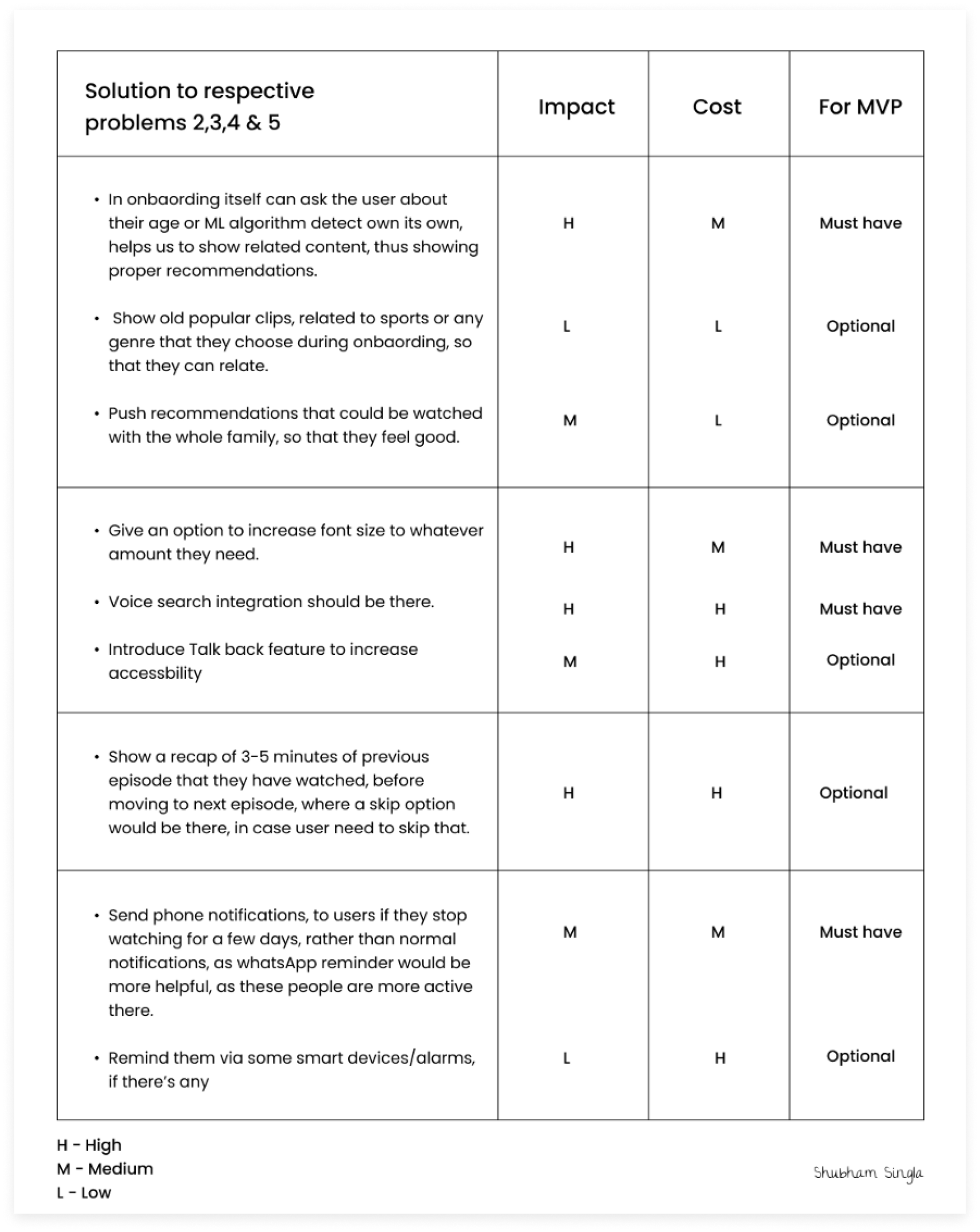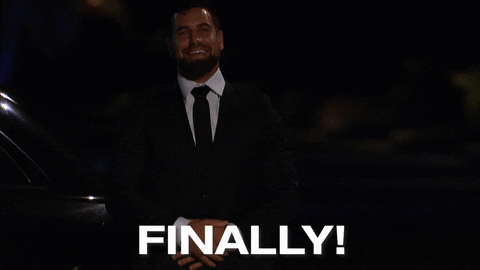



Hey there , here I’m jotting an another article related to product management . In this article, I’m first gonna write about how one should answer a product design question and then I’ve laid out a process that I learned & generally followed while answering these kinda questions. So, let’s get started 😎 -
First, let’s talk about why these kinds of questions are generally asked? So, basically, it helps the interviewer see how one could discover and address the user's pain points for a given product. It also helps them in analyzing how good one is at making and prioritizing decisions. It’s also done to identify one's thought process & communication skills.
There are various framework to answer these kind of questions, one of the popular framework is CIRCLES method, but for this we’re not exactly using this framework, we’re modifying it a bit according to our requirements. Here’s our process -

The very first thing one should do is to clarify and ask more questions, here either the interviewer answers our questions or we need to make assumptions while giving valid reasons why we make them. Now, stating Mission is sometimes important especially when we’re introducing a new feature to an existing application, because there should be WHY first before building any product, if we’re introducing something new that doesn’t match with our vision, then we should think before building that feature or product.
In this given question it’s asking to design NETFLIX for senior citizens, now interviewer had not given us a broad statement, to make sure we’re solve the right problem, one should ask basic questions in the beginning, so for the given example, these could be -
Now after asking the right questions, we do have a clear idea about the product, so reiterating the statement here— Design Netflix for senior citizens above the age of 60 years and they may or may not have disabilities. Our goal is to increase user engagement. The product could be built for any device and it’s up to me whether I should build a new one or make changes to the existing one. Also, here assumption I’m taking is senior people know how to use smart devices and have a little bit of tech knowledge.
Coming to the mission part, Netflix's mission is to “Entertain the world”, which definitely fits here. Also, there’s a reason behind why should we build this - As senior citizens generally had a lot of free time and hence we can develop an engaging platform for them that eventually leads to more revenue.
The next step that comes is to define all users who gonna be the future/current users of the product. Remember, sometimes user & customer might not be the same, for example in education apps for kids, the childrens are the users but parents are the one who are the customer, at that time we should focus on both the users and define why we are choosing them.
For now, we could have different user groups -
Under these there could be various personas, but for now I would like to focus on New joiners as this could be our new target and if we solve the problem for them, then obviously our problem got solved for the rest of the groups as well, as the remaining journey after joining Netflix would almost be similar.
Now after a clear understanding of our target user groups, the time comes to see how a journey looks to be from a user point of view. Laying out user journey is important because it eliminates the chances of missing any pain point. In the whole journey, there could be various pain points, but making sure we’re aligning them towards our goal is also cruicial.
Here laying out the journey for our Netflix user -
Senior starts his day -> Feels free and have nothing much to do -> Senior feels bored and got to know about Netflix -> Opens Netflix application -> Choose Language -> Sign in -> Pay -> Browse/Search relevant content or watch from reccomendations -> Play video ->Finish or may not finish -> Come back again -> Wants to be reminded which show they were watching -> Start watching again
Based on the user journey we can identify the user problems and then prioritize and find solutions for them -
I have listed down all the problems which I feel a user might face while using or exploring the product, now most of the problems seem important to solve, but for now, to build the MVP, I would be focusing on 2,3,4 & 5 , reason being is as all these are more focused towards engagement which is our main goal.
Now we have figured out the gaps, time has come to start brainstorming and listing out creative and practical solutions for the same. Once we find the solutions one of the important steps is to again prioritize the solutions, as deciding which feature to roll out at what time is another major function. Also, don't be afraid to ask the interviewer if we are on the right track or if they prefer us to focus on another ideas.
But before directly jumping into the solution, let us first decide two things i.e. This product would be a mobile application although there would be an option for users to watch them easily either on their tablet or TV (As for senior users, holding or watching something in a phone would be difficult considering their disabilities). Second is we won’t be creating any new application for that, this one could be implemented in the existing one. (Although there could be trade-offs for the same which we’ll discuss in the end). So, for now, here I would list some solutions for the above problems and have prioritized them in this table -

Note : Here we could use the RICE framework as well, to priortise the solution
For our MVP we could focus on the features that are listed as “Must have” and can build a product according to them. Also now let’s discuss the pros and cons of modifying the existing application for these new users as we discussed above -
Pros -
Cons -
Considering these for now we could go with modifying the existing application and can think of building a new one in V2.
After listing the solutions, the next thing that comes is to list down metrics that we need to measure, as before launching it in the market, we should track are we aligning them with our goal or not. Now the final and the last thing is just to summarize the the work that we did.
Overall metrics that we are going to measure are -
There comes the ending part, now from identifying the problems to listing metrics we have done everything, in the end, we can tell the interviewer summary of the whole study, and yup we’re done 😎.
IMP — As a PM we won’t only measure the growth for a company but also see how it’s affecting the users, maybe we can implement a feature where if a particular user watches more than 2 hours in a single day then we can push a notification stating it’s time to take rest because as a senior citizen continuously watching a screen may have bad side effects.

Here are the things that I learned while writing this article